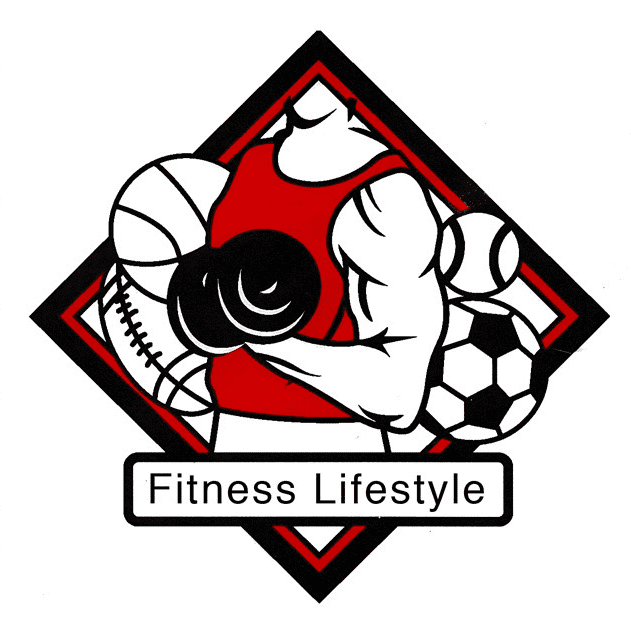Need to break through a plateau?
Picture it, you’re doing all the right things—but your body hit the brakes just when things were finally moving in the right direction. Yup, you’ve hit a plateau.
First, let’s get this out of the way: plateaus are completely normal.

In fact, almost everyone experiences one at some point in their journey. But the good news? A plateau isn’t a dead-end—it’s just a detour. With the right tweaks, you can bust through it and keep moving toward your goals.
Table of Contents
What Exactly Is a Plateau?
A plateau happens when your body adapts to your routine, and the progress that once felt automatic suddenly stalls. Your metabolism may have adjusted, your workouts might not be challenging you the same way, or you may have subtly drifted from your plan without realizing it.
Let’s break down the 5 biggest reasons your results might have stalled—and what to do about it.
1. You’re Kinda-Sorta Following the Plan
We’ve all been there.
Your nutrition is “mostly on track,” you’re hitting most of your workouts, and your meal plan is close enough—right?
This kind of drifting is one of the top reasons for plateaus. It’s easy to let habits slide when motivation dips or life gets busy. That doesn’t mean you’ve failed—it just means it’s time for a reality check and a reset.
Try this:
- Log your meals for 3 days to see what’s really happening.
- Add one new, fun recipe to shake things up.
- Commit to 1 week of “all-in” effort and see what shifts.
2. Your Body Adapted (and That’s Not a Bad Thing)
If your current workouts or meal plan aren’t getting you results anymore, congrats—you’ve leveled up! Your body has likely become more efficient, which means you need to switch up your training or nutrition strategy.
Try this:
- Add resistance training or change your rep range.
- Increase intensity (try intervals or new movements).
- Shift your macro balance if you’ve been using the same ratio for a while.
A well-rounded program should evolve with you—and a good coach can help fine-tune it for faster, smarter results.
3. Your Lifestyle Needs Support: Stress, Hormones & Sleep
Your body isn’t a machine—it’s a complex system that relies on balance and recovery. Chronic stress, poor sleep, or hormonal imbalances can all impact your metabolism and slow or stall progress.
Try this:
- Prioritize 7–9 hours of sleep a night.
- Include stress-reducing practices like walking, breathwork, or journaling.
- Make sure you’re eating enough—undereating can backfire!
4. The Scale Isn’t the Full Story
If you’re only tracking progress by your weight, you could be missing the big picture. Your body could be changing in other ways—especially if you’re strength training or improving your overall health.
Try this:
- Measure body fat percentage or use progress photos.
- Take weekly circumference measurements (waist, hips, thighs, etc.).
- Focus on energy levels, strength gains, and endurance improvements.
Sometimes, you’re making more progress than you think—you just need a different lens to see it.
5. You’re Chasing the “Last 5 Pounds”
Here’s the truth: the closer you get to your goal weight, the slower and more stubborn those last pounds can be. Your body might be at or near its natural set point, and further fat loss may require more time, precision, or a shift in goals.
Try this:
- Focus on body composition over weight.
- Make performance-based goals like “Do 5 pushups” or “Run a mile.”
- Ask yourself: Do I need to lose more, or am I ready to maintain?
Final Thoughts
A plateau isn’t a failure. It’s feedback.
It means something needs to change—and with the right strategy, that next breakthrough is right around the corner. Whether you’re aiming to lose 15 pounds or just want to feel better in your body, small adjustments can lead to BIG results.
And if you want help making those adjustments? I’ve got you!
Need some quick wins to kickstart your progress again?
Let’s chat about what’s going on and find the tweaks that will get you back on track.results you’re looking for!














